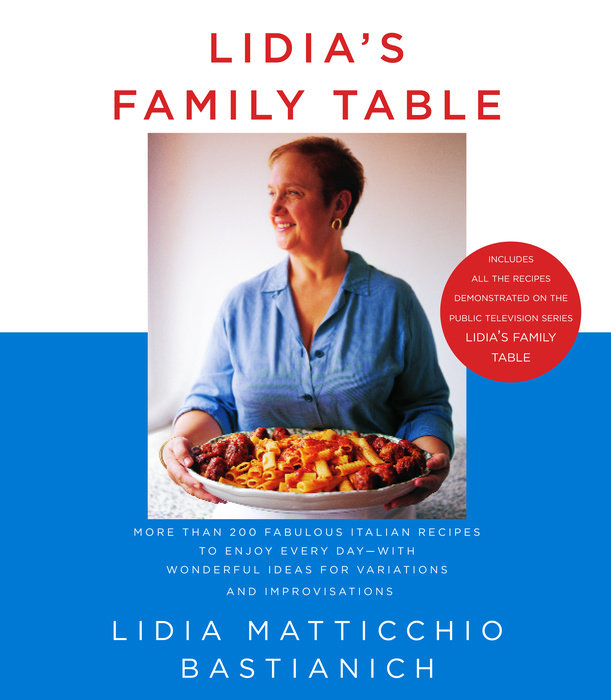Serves 6
Notes
This brodetto follows essentially the same steps as the preceding skate recipe, flouring and frying to seal and caramelize the fillets, then returning them to the skillets as you create the sauce. But here the sauce is built on a light puree of poached garlic, limon juice, and white wine, rather than onions, tomato paste, and red wine vinegar.
You can take other fish and seafood in this direction. Skate is as delicious in white brodetto as it is in red. Shrimp and scallops-even chicken breast-are excellent done this way as well. An important point to remember, though, with seafood variations: shrimp, scallops, and fillet of skate will be overcooked if they’re in the sauce too long. After the initial browning of these delicate fish, get all the sauce liquids cooking first, then add them to the brodetto for just the last couple of minutes before serving.
Ingredients
- 8 plump garlic cloves, peeled
- 3 pounds monkfish fillet
- 1-1/2 teaspoons salt
- 1 to 2 cups flour, for dredging the fish
- 1-1/2 to 2 cups canola oil
- 4 tablespoons butter, in chunks
- 1 tablespoon freshly squeezed lemon juice
- 1/2 cup white wine
- 3/4 cup vegetable broth, or water
- ¼ cup dry toasted pine nuts
- 1/4 cup shredded fresh basil (about 12 big leaves)
Directions
Making the Garlic Purée
Put the garlic cloves in a small saucepan with about 1-1/2 cups of water. Bring the water to a steady, bubbling boil and cook uncovered for 15 minutes. Drain, then add a fresh 1 1/2 cups of water and boil again for about 30 minutes, until the cloves are completely soft but still whole and hardly any water is left in the pot. Reduce the heat as the water evaporates so nothing burns. Purée the cloves and any drops of cooking liquid in a food processor, mini-chopper or blender; you should have about 1/3 cup of purée.
Preparing and Frying the Fish
If the monkfish is covered with translucent membrane (the fishmonger may have trimmed it) use a sharp paring knife to lift and strip it off. Cut the monkfish into chunks, about 2-inches wide, and sprinkle 1/2 teaspoon salt over all the surfaces.
Roll the chunks in the flour to coat well; shake off excess. Pour enough oil into the pan to a depth of 1/3- to a 1/2-inch and heat rapidly for several minutes until the oil bubbles instantly if you dip a piece of fish into it.
Lay a batch of fish chunks in the pan, with plenty of space in between each piece. Fry for a couple of minutes on each side until crusted and golden brown all over, about 6 minutes in all, then remove them a bowl lined with paper towels to drain. Sprinkle lightly with salt. Fry all the pieces the same way, adding oil to the pan as necessary; drain on paper towels and salt lightly with an additional ¼ teaspoon of the salt. Pour the hot vegetable oil out of the skillet.
Making the Brodetto
Set the skillet back on the stove; put in the chunks of butter, and start melting them over medium heat. Return all the monkfish to the pan and heat, turning the pieces on all sides, until everything is sizzling again, about 3 minutes.
Clear a large hot spot in the skillet and scrape in every bit of the garlic purée. Raise the heat a bit and shake the pan to spread the garlic, rolling the fish pieces in it at the same time. After a minute, when the purée is sizzling, sprinkle the lemon juice and the remaining 3/4 teaspoon salt all over, and turn the pieces.
Pour in the broth and the wine; bring the sauce to a bubbling boil, and cook 3 minutes or more, turning the fish chunks, as the sauce thickens and coats them. Scatter the pine nuts in the pan and toss them with the fish.
When the sauce has the density you like, turn off the heat, sprinkle the basil shreds over the fish, turn the chunks in the sauce one more time, and serve right away.

